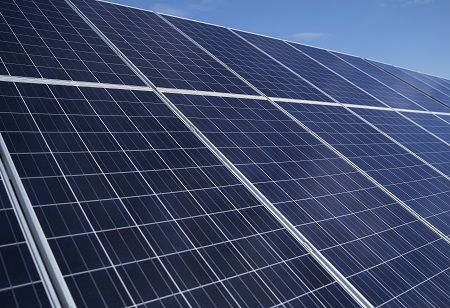
India Surpasses Japan to Become 3rd-Largest Solar Producer
- India is now the 3rd-largest solar energy producer, surpassing Japan
- 12 GW of solar was added in 2023, with faster growth expected in 2024
- India met its 50% non-fossil power target early and is on track for 2030 climate goals
India has become the third biggest producer of solar energy globally by producing 1,08,494 GWh, surpassing Japan, the Union Minister for New and Renewable Energy, Pralhad Joshi, states. India is now ranked third behind China and the United States for solar energy generation based on the IEA's data.
The minister Pralhad Joshi on his X account mentioned, "India has outpaced Japan in solar energy generation — producing 1,08,494 GWh compared to Japan’s 96,459 GWh — and is now the world’s third-largest solar power producer. Thanks to the visionary leadership of Hon’ble PM Shri @narendramodi ji, India is leading the way in the global clean energy revolution".
China had incredible solar PV capacity added during 2023, with close to 260 GW added; this was due to the ambition of their renewable targets set out in their 14th Five-Year Plan and subsequent period of 2021 - 2025.
Also Read: JSW Motors, KPIT Tech Join Forces to Boost Digital for NEVs
Meanwhile, the United States showed substantial growth of 70% solar installations, along with a 32 GW mean growth, due to the Inflation Reduction Act, which is another big factor. India's mean capacity added to solar energy in 2023 was 12 GW, which is down from 2022, but deployments were expected to get even faster in 2024 as supply chain issues ease and auction pipelines become larger.
India has already over-achieved one of its main climate commitments under the Paris Agreement - achieving 50% of installed capacity from non-fossil sources, ahead of the deadline. As of June 30, total installed power capacity in India was 484.8 GW, of which renewables constituted 234 GW (48.27%).
India’s updated climate commitments included a target of a 45% reduction in the emissions intensity of GDP (from 2005 levels) by 2030, to install non-fossil fuel capacity to 500 GW, and provide a carbon sink of 3 billion tonnes of CO₂ equivalent increases in forest and tree cover. These commitments are a part of the wider climate action plan, including India’s commitment at COP26 of net-zero emissions by 2070.

.jpg)